JULY
1. National Postal Worker's Day, National US Postage Stamp Day, National Creative Ice Cream Flavors Day
2. This a free day, so shop for your Independence Day celebration or declare this your own personal holiday!
3. National Eat Your Beans Day, National Fried Clams Day, National Chocolate Wafer Day.
4. US Independence Day, National Caesar Salad Day, National Barbequed Spareribs Day.
5. National Apple Turnover Day, National Graham Cracker Day (S'More's please!), National Bikini Day.
6. National Fried Chicken Day
7. National Father/Daughter Take A Walk Day, National Strawberry Sundae Day, National Hop-A-Park Day (Anything with "hop" in it has to be good, right?)
8. National Chocolate With Almonds Day
9. National Sugar Cookie Day
10. National Clerihew Day
11. National Cheer Up The Lonely Day, National Rainier Cherry Day, National Blueberry Muffin Day, All American Pet Photo Day
12. National Simplicity Day, National Different Colored Eyes Day, National Pecan Pie Day, Paper Bag Day, Eat Your Jello Day
13. National French Fry Day, National Beans And Franks Day
14. National Tape Measure Day, National Mac 'n Cheese Day, Collector Car Appreciation Day, and for all you Francophiles, it's Bastille Day!
15. National Give Something Away Day, National I Love Horses Day, National Pet Fire Safety Day, National Tapioca Pudding Day, National Ice Cream Day (YIPPEE!)
16. National Corn Fritter Day, National Personal Chef Day, National Get Out Of The Dog House Day
17. National Tattoo Day, National Peach Ice Cram Day, World Emoji Day, Wrong Way Corrigan Day, National Yellow Pig Day
18. National Caviar Day, National Sour Candy Day
19. National Hotdog Day
20. National Moon Day, National Lollipop Day
21. National Be Someone Day, Toss Away the "Could Haves" And "Should Haves" Day
22. National Hammock Day, National Rat Catcher's Day, National Parents Day
23. National Vanilla Ice Cream Day
24. National Amelia Earhart Day, National Cousins Day, National Drive-Thru Day, National Thermal Engineer Day
25. National Hire A Veteran Day, National Merry-Go-Round Day, National Hot Fudge Sundae Day, National Threading The Needle Day
26. National Aunt And Uncle Day, National Bagelfest Day, National Coffee Milkshake Day, All Or Nothing Day, National Refreshment Day, National Chili Dog Day
27. National Creme Brulee Day, National Get Gnarly Day, National Talk In An Elevator Day, National Systems Administrator Appreciation Day
28. National Waterpark Day, National Milk Chocolate Day, Buffalo Soldiers Day Of the Cowboy, National Dance Day
29. National Lipstick Day, National Chicken Wing Day, National Lasagna Day
30, National Whistleblower Day, National Cheesecake Day, National Father-In-Law Day
31. National Avocado Day, National Raspberry Cake Day, National Mutt Day (The best dogs ever!)
This is a great month for foodies. I, myself, am in heaven already just thinking about all those ice cream days to celebrate! Maybe I should get a head start to the gym this morning in preparation, before heading to the party store to pick up all my supplies for them month.
Whatever days you choose to celebrate, i hope you have a wonderful and safe July.
See you back here on Monday!
PEACE.
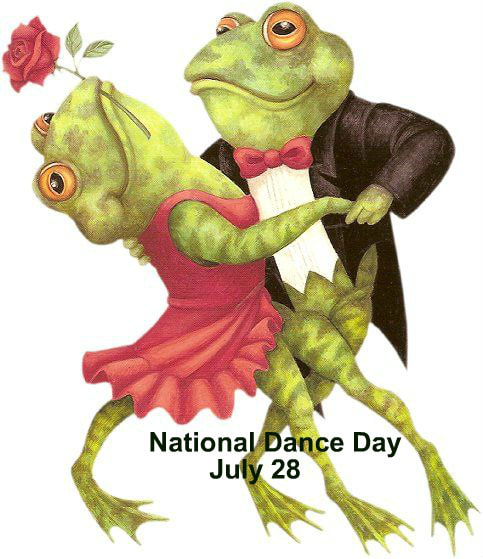


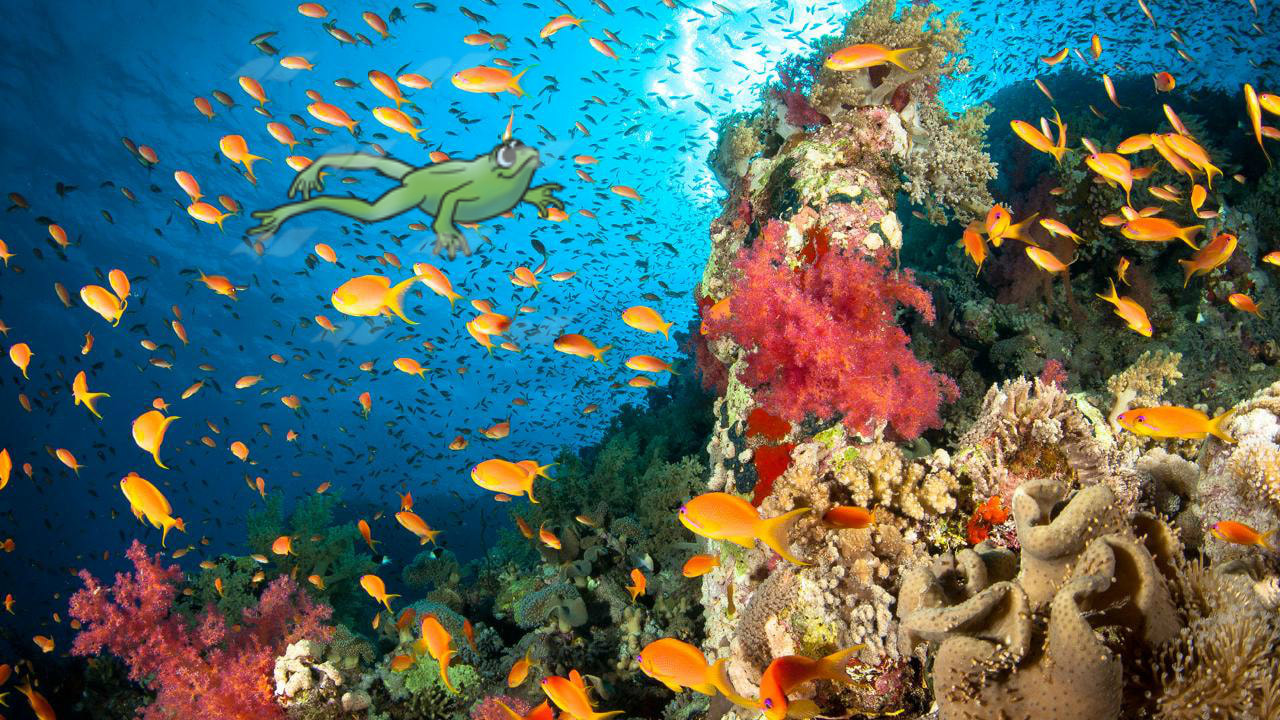

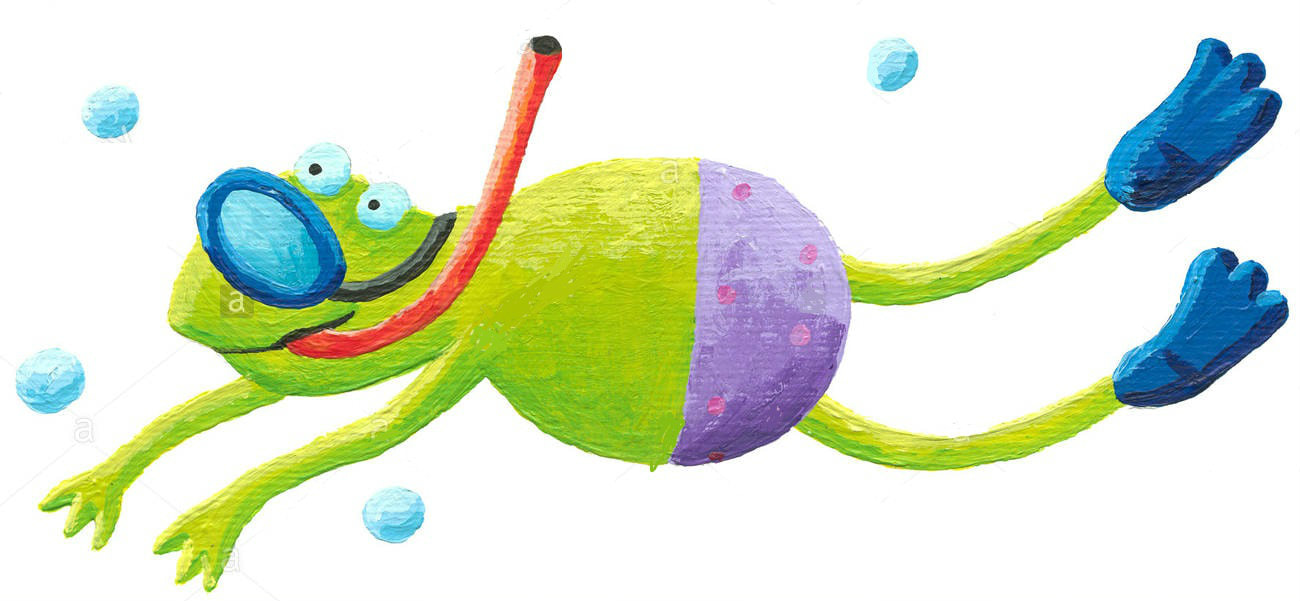
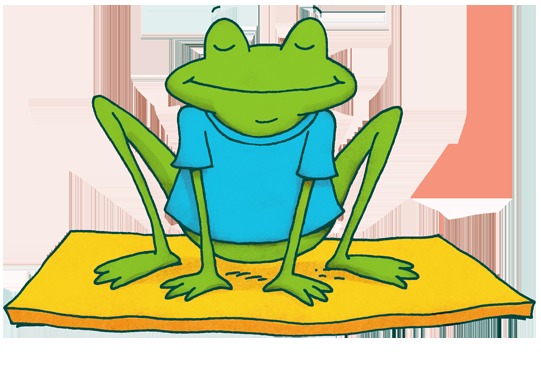
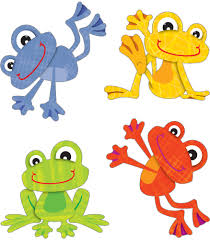
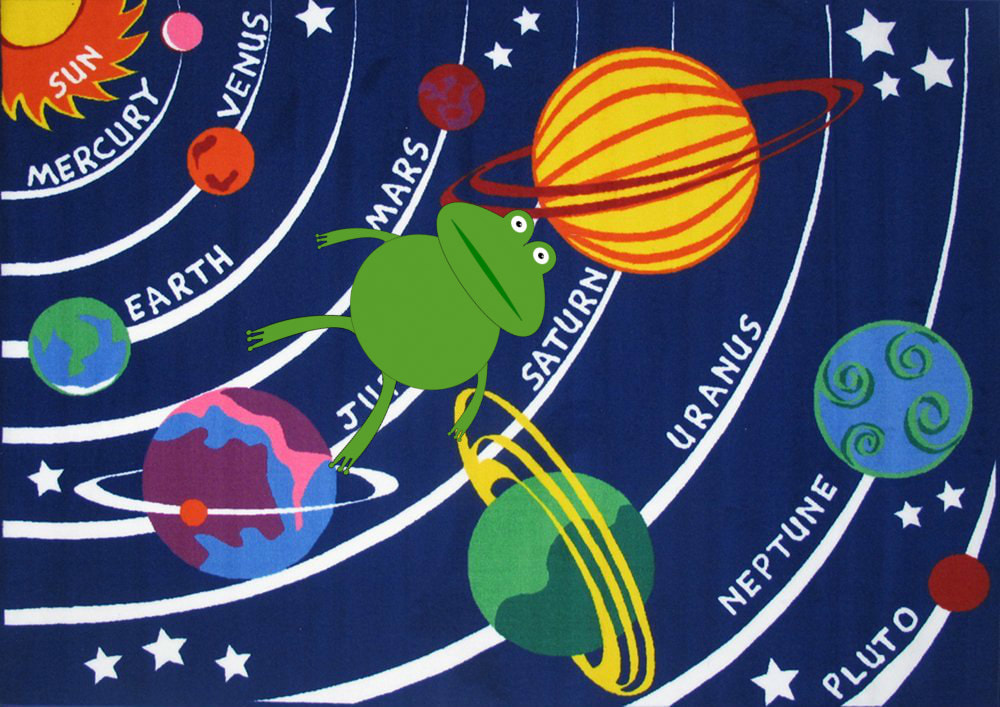

 RSS Feed
RSS Feed